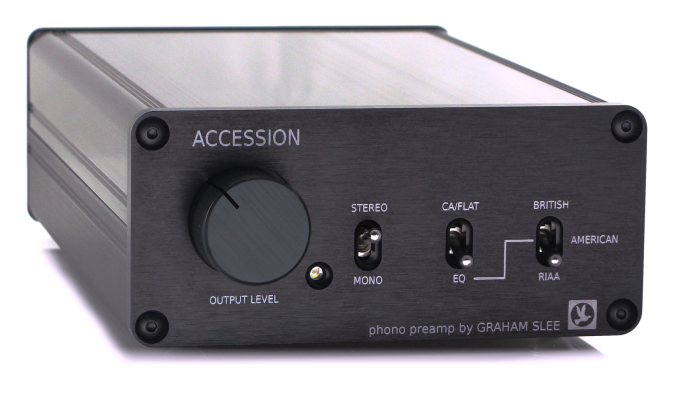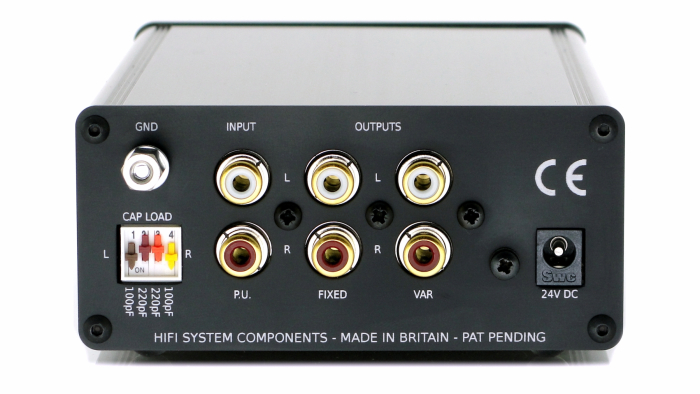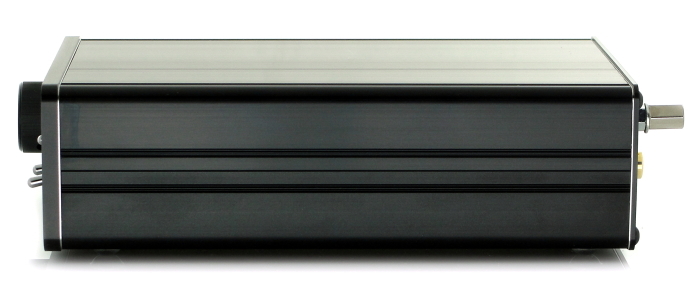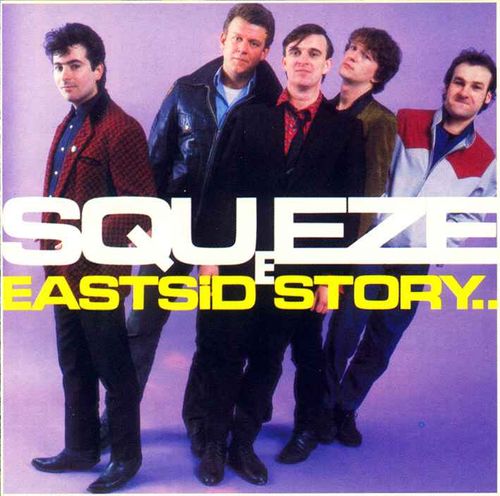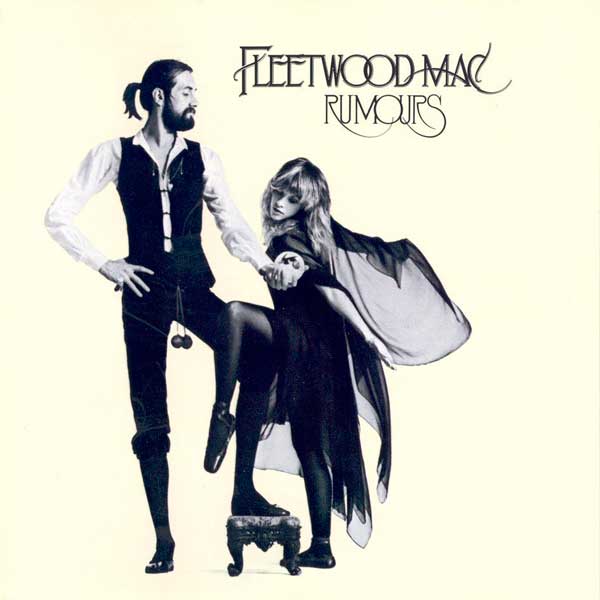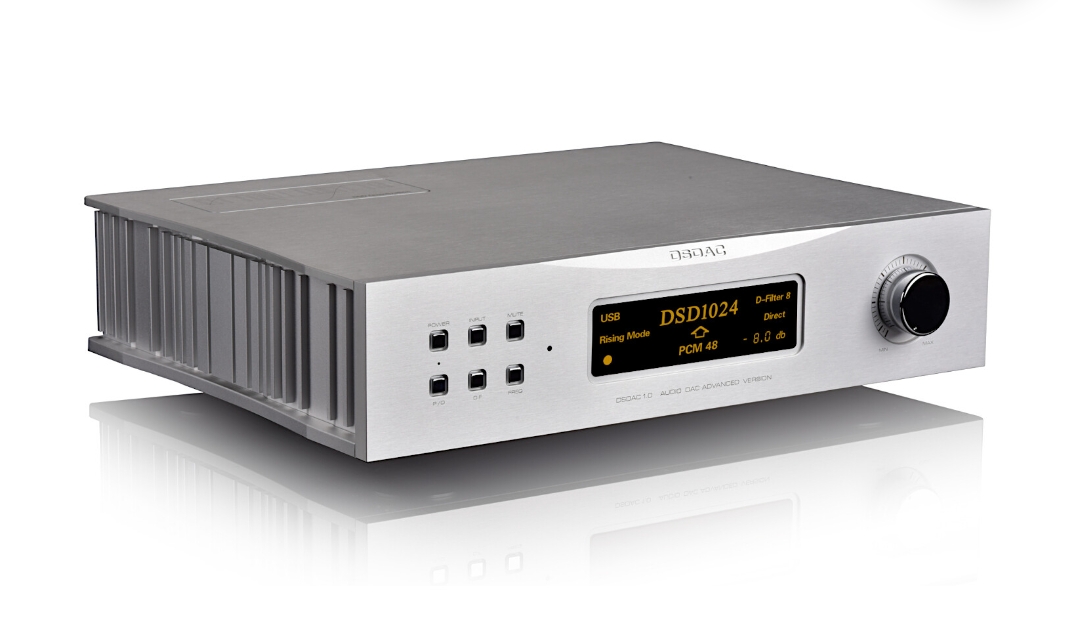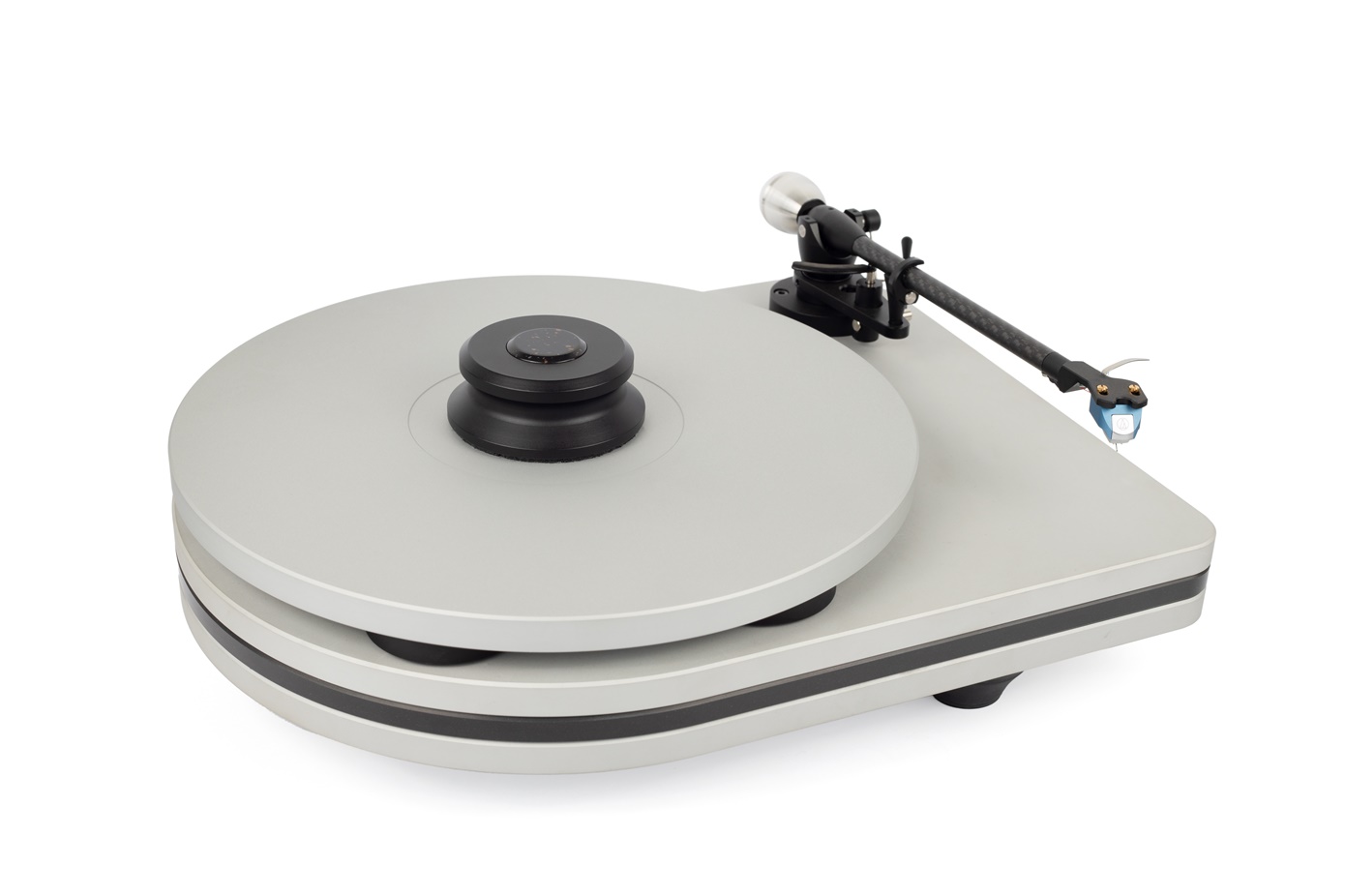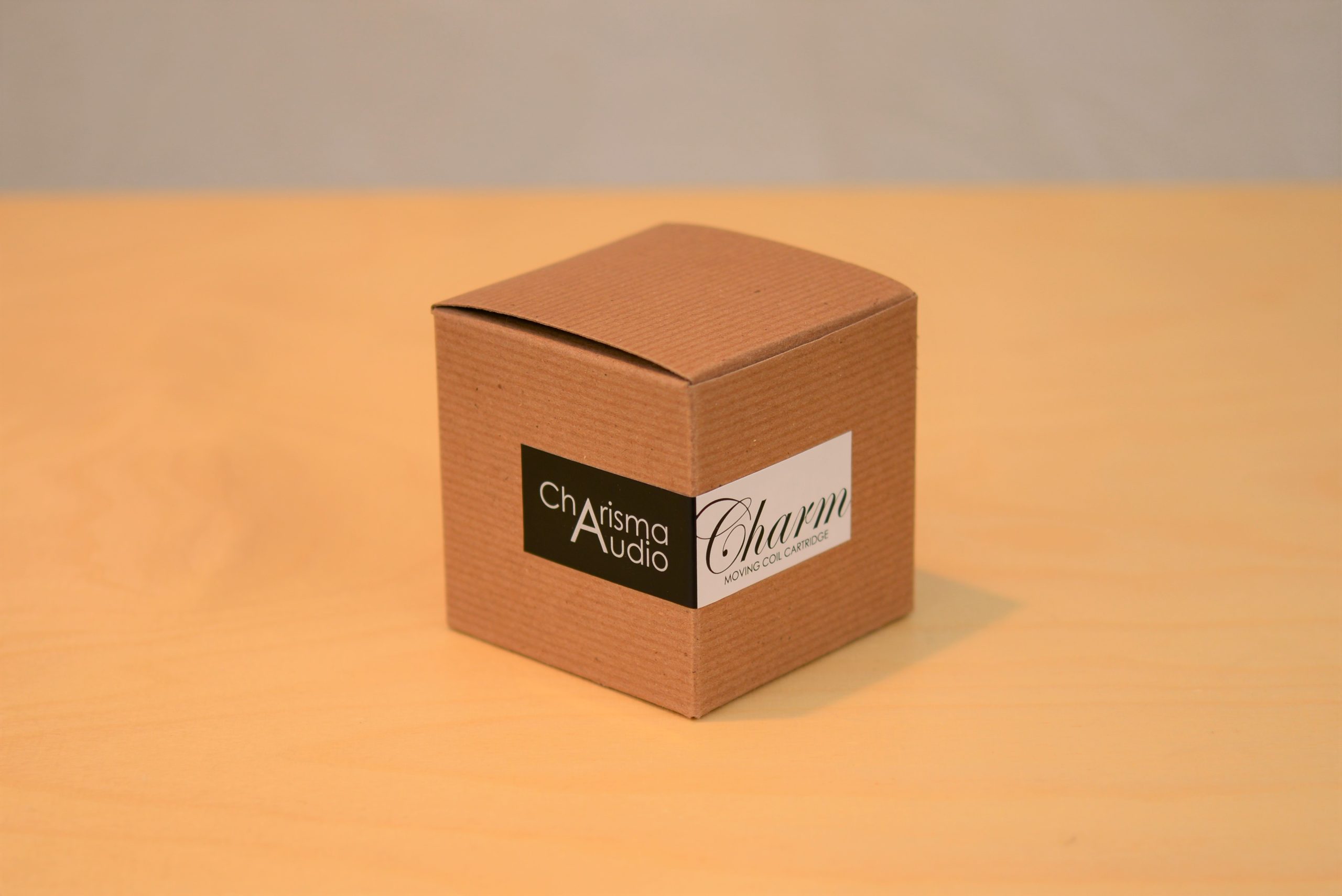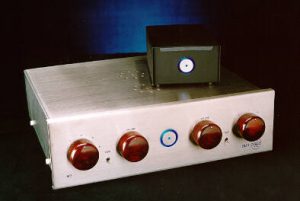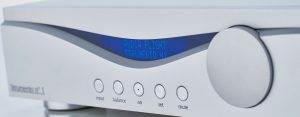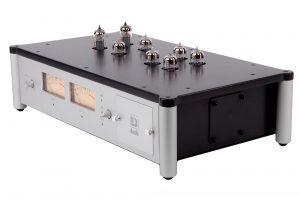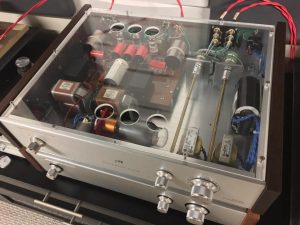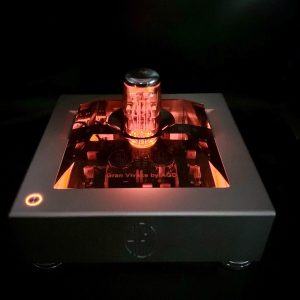The humble phono stage is the unsung hero in most analog systems, yet many hobbyists overlook its importance and often allow it to become a bottleneck. This is especially true for those folks who operate in the affordable realm of vinyl playback, and are concerned with getting the most from their audio dollars. This topic is perhaps my personal soap box, as I have seen so many systems where excellent turntables and cartridges are held back by the use of phono stages that use rudimentary circuits, low grade power supplies, and have minimal options for achieving a proper match to the cartridge being used. This situation becomes increasingly difficult to navigate if you choose to run a high performance moving magnet cartridge, as many current phono stages are intended for use with moving coil designs. Contemporary circuit design and the associated loading options often do not have a direct application to moving magnet cartridges, and prospective owners often feel they are wasting money by choosing such a product. Which is what makes the Graham Slee Accession a fascinating product, as it is a high-end phono stage created for the users of moving magnet and moving iron cartridges.
Even though the Accession contains an intriguing array of options, it has a compact form that easily slips into an audio rack. Actually there are a myriad of advantages to the small form factor of this component. The designer can execute a short signal path for the circuit, and allocate monetary capital towards parts and circuit design, rather than using it on an expensive case that only adds to the visual appeal. The Accession uses a two piece chassis, with the audio board physically separated from the power supply section. Yet Graham Slee did not stop with the typical two box arrangement, and has gone to greater lengths to lower the noise floor and minimize the effects of high frequency interference. The Accession has a solid ground plane circuit board, multiple levels of radio frequency filtering, and contains stainless steel gaskets behind the front and back plates to protect against outside electromagnetic disturbances. Graham Slee has devoted a great deal of engineering capital and high quality raw materials to keep the noise floor of this phono stage as low as possible. With a MSRP of $1499, the Accession is a component that resides in the upper layer of what is considered the affordable range of audio products, yet beckons with the promise of high performance analog playback.
Since the Accession is designed for moving magnet cartridges, it presents an input impedance is 47k Ohms. There are a set of dip switches on the back that allow for convenient cartridge capacitance loading. The load choices are 100pf/220pf/320pf/ and 0. While Graham Slee recommends the 100 pf setting for most applications, they felt there should be the option for owners to fine tune the settings to their cartridge of choice. The Accession can also function as a stand alone preamplifier, and has a volume control to allow a direct connection to a power amplifier. Although there is another application for the volume pot that I will touch on in a bit, and you may find it to be quite interesting. Maximum output voltage is 5.2V rms, frequency response is greater than 20Hz to 45kHz with .01% distortion. Channel separation is 60dB, and channel balance is matched within .2dB.
Graham Slee takes an innovative approach to cartridge and recording equalization in the Accession phono stage. The first order of business is to equalize and stabilize the electrical signal coming from the cartridge. There are large degrees of variance due to the strength of the signal at different frequency bands, and the input stage of a phono circuit can be negatively affected by this variances. This is not related to the RIAA equalization curve that is embedded in the vinyl recording, and I will address that point in just a moment. Instead, the electrical output of the cartridge needs to be adjusted to a relatively flat signal before it can be passed along to the following stages of the circuit. This innovative design by Graham Slee on the front end of the phono stage results in a constant load between the cartridge and phono stage, and this stability sets the stage for improved signal quality throughout the following stages of the Accession.
In the typical preamplifier there is one RIAA curve, and for most hobbyists this is all we know. The Recording Industry of America (RIAA) established this format in 1954, and for the most part it was adopted around the world. However prior to 1954 there were at least a 100 equalization curves used in the vinyl mastering and cutting process. Even though a standard was adopted, it was not universally accepted, and there were small label vinyl pressing facilities that used non standard curves well into the 1970's. So the industry standard curve in a typical phono stage may not be the correct one for certain albums in a hobbyists record collection. Graham Slee has examined the myriad of curves used by various labels in the early 1950's, and was able to sort them into two groups. On the Accession there is a switch that allows the user to choose between American, British, and the modern RIAA curves. This gives a hobbyist the flexibility to play historical or mono records back in a close approximation of what they should be equalized at. Don't forget in the early days of stereo recordings, mono masters and equalization curves were sometimes carried over to the new stereo pressings. This is not a feature that is valuable to just those folks who only play mono records, for most people will likely have some early stereo recordings that can benefit from these alternate equalization curves.
These days many hobbyists are digitizing their vinyl collection for a wide range of reasons. Graham Slee recognizes this, and has added a couple of options to the Accession that makes it a useful tool for this process. One of the main issues that needs to be addressed is getting the correct output level from the phono stage to the Analog to Digital converter (ADC). The variable output option on the Accession makes this a straightforward task, and allows for maximum signal level without overloading the input stage of the ADC converter. Another issue to consider is the output impedance of the phono stage must also be low enough to properly match the input impedance of the ADC converter. The designers took this into account, and implemented an impedance buffer stage with discrete transistors in the variable output side of the Accession. So between having precise control of the input signal going into the ADC, and having a proper match of impedance between the two units being used, a hobbyist now has all the necessary tools to create a quality digital transfer of their vinyl collection.
Since the Accession is phono stage designed to work with moving magnet cartridges, I decided to use the LP Gear Vessel A3SM that I reviewed in Issue 87 of Positive Feedback (HERE) for this evaluation. I kept the Vessel cartridge on my Thorens TD 124 table/Eminent Technology II tonearm, and charged headlong into this review of the Graham Slee piece. An Electra Print PVA preamplifier and 300B Custom amplifier drove a pair of Hawthorne Audio Trio speakers. Power conditioning duties were handled by an Audio Magic Mini-Reference, and all cabling came from the Zu Audio Mission series of wire. I logged 60 hours of causal usage on the Graham before starting any critical listening, although I would say those early break in sessions were quite easy to get through, as the Accession had a pleasing demeanor straight out of the box.
Have you ever known a person that is just cheerful, enthusiastic, friendly, and just uplifts your spirit being around them? That even on those days when you are at the top of your curmudgeon game, this friend will be able to lighten your mood and bring a smile to your face? Well if you could anthropomorphize human personality traits onto the Accession phono stage, that is exactly what you would have. That friend who is a ray of sunshine, who you look forward to meeting up with, and lives life with a zest that is infectious. That is what this phono stage brings to the party. The Accession is vibrant, engaging, and unfailingly brings a smile to my face when I drop the needle on a favorite album. For instance, I thoroughly listening to East Side Story by The Squeeze, and "Tempted" [East Side Story, A&M Records AM SP4854] is a long time favorite song of mine. So when I play this piece through the Accession phono stage and Vessel cartridge, I hear a combination that has an infectious drive to the bass line, with smooth and wonderfully textured vocals overlaying it. Organ notes float in the background, while every strike of the snare drums contain a lively snap, and the backup vocalists are precisely located on the sides of the lead singer. Yes the sound it technically excellent, but there is more than just the sum of these individual wisps of the music. During critical listening sessions the analysis of a component is broken down into discrete pieces which we analyze, but often we lose the global perspective of how all these pieces come together to form this fabulous song. The Accession phono stage does excel at making music, and it will not allow a listener ignore it. In the same manner your effervescent friend drags you out of your house or apartment to that party you grudgingly agree to go to, this piece refuses to allow you to dismiss all the uplifting and exciting aspects of the music that make it worth listening to.
When it comes to the typical audiophile characteristics that hobbyists are interested in, the Accession certainly checks all the boxes. This phono stage spreads out a wonderful soundstage, tightly focuses performers and instruments, and has a low noise floor that allows for the subtle details of a recording to shine through. What is captivating about this pairing of the Accession and the Vessel cartridge is how the essential drive and pace within music is expressed. My personal cartridges are moving coils, however there is an undeniable attraction to what I hear with this combination of moving magnet and the Accession. The underlying energy of a performance is preserved, and presented in a way that makes the music feel palpable and alive. On "Six Blade Knife" by Dire Straits, [Dire Straits-Self Titled, Warner Bros. BSK-3266] the electric bass and drum kit effortlessly move through their passages, yet still have a snap and drive that underlies their nonchalant character. The Accession presents all the fine nuances of this unhurried bass line, yet it still gives the introspective listener a glimpse of the spark that world class musicians infuse into their work. This is what audio components of quality are capable of doing, which is completing the connection between performer and listener on multiple levels. On this song, some listeners may connect with Knopfler's understated guitar work, or others would be intrigued with his rough but expressive vocals, while someone else would appreciate the bass line. The Accession presents the music holistically, and there is something there for everyone to appreciate.
One evening I decided to connect the Accession directly to my amplifier and put the volume control and variable outputs to good use. Since this phono stage can be used in a minimalist system that specializes in analog playback, I figured I should see what this is all about. What I discovered is that the Accession has plenty of output to successfully control an amplifier. I never found myself short changed in any aspect of the music, as I had plenty of gain, low noise floor, expressive dynamic shading, sound-stage, or any other meaningful descriptor of an audio presentation we use. For this listening session I used the Acoustic Sounds 45 RPM release of Fleetwood Mac Rumors. On the opening seconds of "Gold Dust Woman" [Rumors; Warner Bros. 517787-1] the combination of Accession phono stage and Vessel cartridge did a wonderful job of portraying the vocals that are intermixed with the opening high hat cymbal notes. These are located deep in the recording, and they are very easy to miss, or become smeared to the point of being unintelligible. Other aspects of the song were fabulous, from the interplay of vocals, the impact of the kick drum, the sharpness and focus of electric guitar notes, and so on and so forth. When examined from the perspective of how the Accession functions as a phono stage and preamplifier, I would say it is a component that is capable of satisfying the discriminating listener at a eminently reasonable price point.
I spent the majority of my time using this phono stage in the modern RIAA setting. However I did delve into the American and British equalization curves. In this discussion I am going to generalize a bit, as I suspect these settings will have varying degrees of usefulness to perspective owners. Depending on the recordings being played, the voicing of the stereo system, and one's listening preference, I could see how a person would prefer one setting over the other. What my experience with the Accession shows is that the American setting is a bit softer and rounded than the RIAA position. While the British curve enhances the warmth to the midrange and upper bass region. Depending on the nature of the recording, either one of these settings can provide an alternate perspective to the music that is enjoyable. When listening to "Blood and Roses" [Especially For You; Enigma Records ST-73209] by the Smithereens, I found that the American setting took the edge off a slightly harsh recording, and provided an enjoyable rendition of the song. While "State Farm" [You and Me Both; Sire Record Company 23903-1] by YAZ lost the disjointed and etched character that was presented in the modern RIAA curve, and was properly sorted out by the British version. Throughout my time with the Accession phono stage I found several albums in my collection that benefited from these alternate equalization curves. Are they more accurate? That is certainly open to debate, although there is solid historical evidence to back up their inclusion in this phono stage. What I do know is that they are useful, and from a pragmatic standpoint their use can positively contribute to the listening experience.
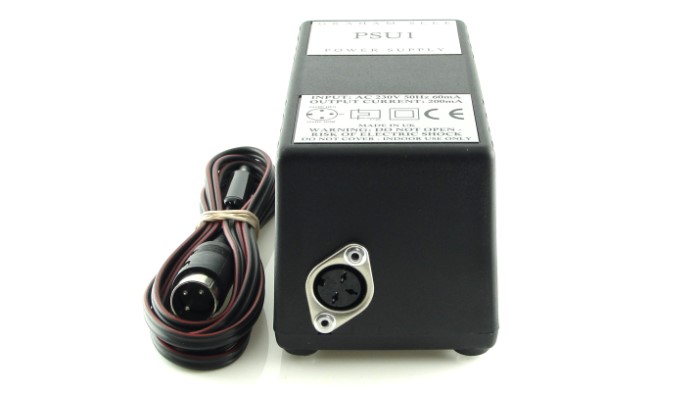
In the realm of affordable audio, few components gets consistently overlooked like the humble phono stage. Perhaps it does not help that in the sub $1500 category, the hobbyist has to choose from little black boxes that are terribly spartan in capabilities. Being offered a few dip switches for cartridge loading options, and a wall wart for an "outboard power supply" is supposed to be reason for excitement. On the other hand, this Graham Slee Accession phono stage is worth getting excited over. First of all, you get a well thought out circuit, with fresh concepts for how a phono stage should be constructed. Special attention has been given to the grounding plane, isolation from stray electrical grunge, and a separate chassis for the power supply to eliminate interference with the signal path. Capacitance loading switches are provided so that cartridge loading can be optimized. Graham Slee has even implemented optional RIAA curves for use with the non standard recordings that a hobbyist may have in their record collection. The Accession is designed to be more than a stand alone phono stage as great care has been taken so that it can be used as a legitimate pre-amplifier, or in conjunction with an analog to digital converter to digitize records. In short, the engineers behind the Accession have come up with a full featured design that provides a wide array of useful options that benefit the modern day vinylophile. Now audio hobbyists have a wide range of financial resources. The Graham Slee Accession sells for $1499, and for some that may represent the cost of a good run of speaker wire. For others this may be more than they spent on their integrated amp and bookshelf speakers combined. The Accession is not cheap, that cannot be denied. There are undoubtedly far less expensive phono stages out there than this one. Those pieces may even sound quite respectable. Yet it hard to argue against the inherent value of this Accession. When you tally up the sophisticated design, useful features, and excellent sound quality it offers, the complete package has a value greater than the sum of its parts. I am fortunate to have had an extended visit with the Accession, and I can say that it is a solid piece of gear that offers an uncommon value to the hobbyist looking for a quality phono stage that is reasonably affordable.
Graham Slee Accession MM Phonostage
Retail: $1499
HiFi System Components




